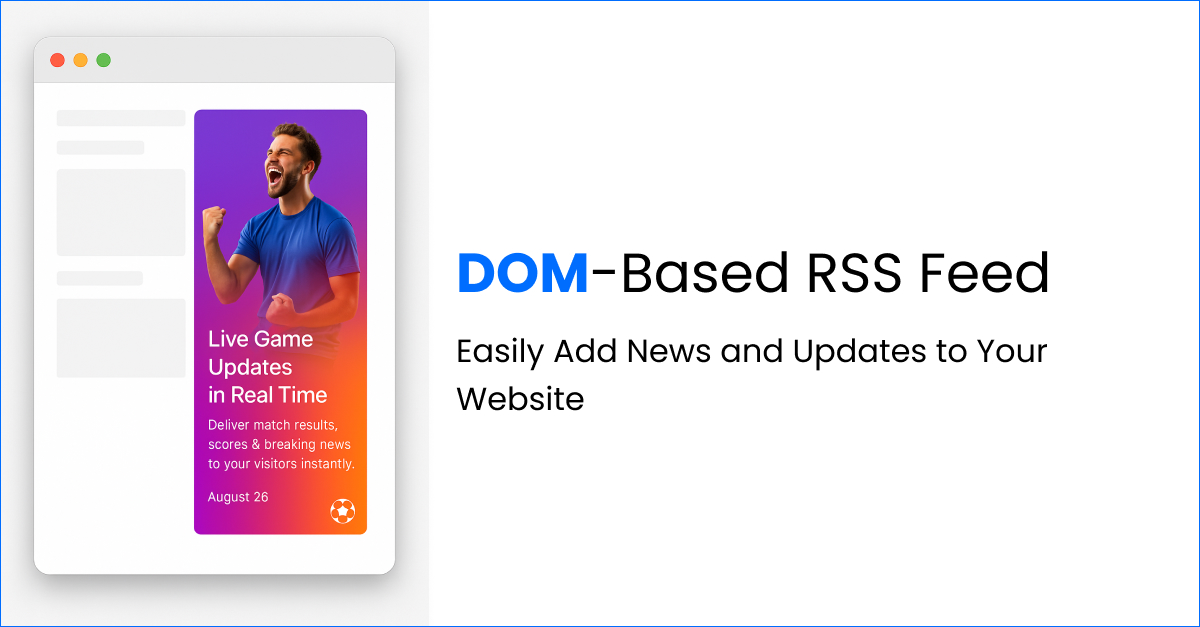Start Your Own Podcast: A Beginner’s Guide
Contents
- 1 Choosing Your Niche
- 2 Equipment essentials: What you need to get started and how to set it up
- 3 Understanding audio quality: Tips for recording clear, high-quality audio
- 4 Planning your episodes: How to structure podcasting and create engaging content
- 5 Hosting and Distribution
- 6 Building an Audience: Tips for promoting your podcast and growing your listener base
Starting your own podcast can seem difficult, but it’s easier than you think. In this beginner’s guide, we’ll cover everything you need to know to get started. From choosing your niche to building an audience, we’ve got you covered.

Choosing Your Niche
The first step in starting a podcast is to choose your niche. You need to decide what you want to talk about and who your audience is. What do you think people will be interested in hearing? Look for gaps in the market and consider how your podcast can fill those gaps.
Once you’ve chosen your niche, research the market to see if there is already a podcast covering your chosen topic. If there is, don’t be discouraged. Instead, think about how you can differentiate yourself and offer something unique to your listeners.
Equipment essentials: What you need to get started and how to set it up
Once you’ve chosen your niche, it’s time to get your equipment. The good news is that you don’t need expensive equipment to get started. A good-quality microphone and headphones will suffice. You’ll also need audio editing software and a recording platform. We recommend Audacity for editing and Zencastr for recording. Once you have your equipment, it’s time to set it up. Make sure your microphone and headphones are connected to your computer, and test your audio levels to ensure you’re recording at the right volume.
Understanding audio quality: Tips for recording clear, high-quality audio
Clear and high-quality audio is essential for any podcast. No matter how interesting your content is, if your audio quality is poor, your listeners will quickly lose interest. To ensure your audio quality is top-notch, make sure you record in a quiet room with good acoustics. Speak clearly and avoid any background noise. Test your audio levels before recording and adjust as necessary.
Planning your episodes: How to structure podcasting and create engaging content
Planning your episodes is crucial to the success of your podcast.
- Create an Outline: Write a script or outline to help you stay on track and ensure you cover all the important points.
- Engage Your Audience: Ask your listeners for feedback and encourage them to submit questions or comments.
- Keep it Consistent: Stick to a consistent schedule and format for your podcast. This will help you build an audience and keep them engaged.
Hosting and Distribution
Once you’ve recorded your podcast, you’ll need to host it and distribute it to major directories like Apple Podcasts, Spotify, and Google Podcasts. Here’s how to do it:
- Choose a Hosting Platform: There are many hosting platforms to choose from, including Buzzsprout, Libsyn, and Podbean. Choose one that suits your needs and budget.
- Submit to Directories: Submit your podcast to major directories like Apple Podcasts, Spotify, and Google Podcasts. You’ll need an RSS feed, which your hosting platform will provide.
- Create Feedwind Podcast Widget: Add a podcast widget to your website or blog using FeedWind. This will allow your listeners to easily access and listen to your podcast episodes. You can customize the widget to display your most popular or featured episodes. This can help new listeners discover your best content and encourage them to explore your podcast further.
Building an Audience: Tips for promoting your podcast and growing your listener base
Building an audience takes time and effort, but there are some tips you can follow to promote your podcast and grow your listener base:
- Social media: Use social media platforms such as Twitter, Facebook, and Instagram to promote your podcast and engage with your audience.
- Collaborate with other podcasters: Reach out to other podcasters in your niche and collaborate on episodes or cross-promote each other’s podcasts.
- Attend events: Attend events and conferences related to your niche and promote your podcast to attendees.
- Ask for reviews: Encourage your listeners to leave reviews and ratings on major directories such as Apple Podcasts.
- Offer exclusive content: Offer exclusive content such as bonus episodes or behind-the-scenes content to incentivize listeners to subscribe and engage with your podcast.
By following these tips and strategies, you can successfully promote your podcast and grow your listener base over time.
Starting your own podcast can seem difficult at first, but with the right equipment, planning, and promotion strategies, anyone can create a successful podcast. Use this guide to start podcasting as a reference and keep experimenting and refining your approach as you go. Happy recording!


